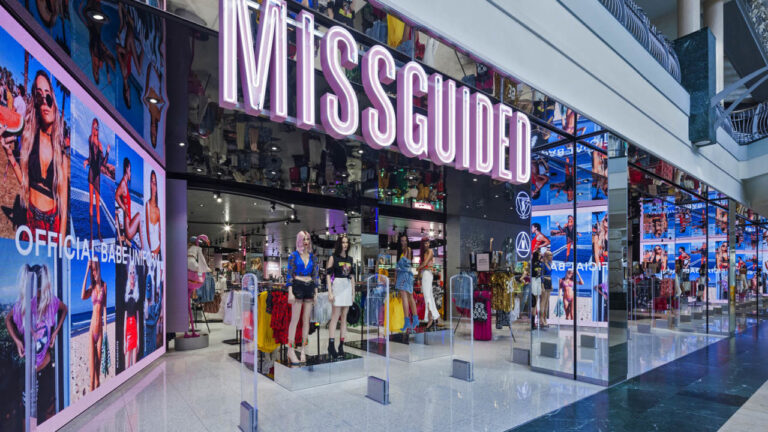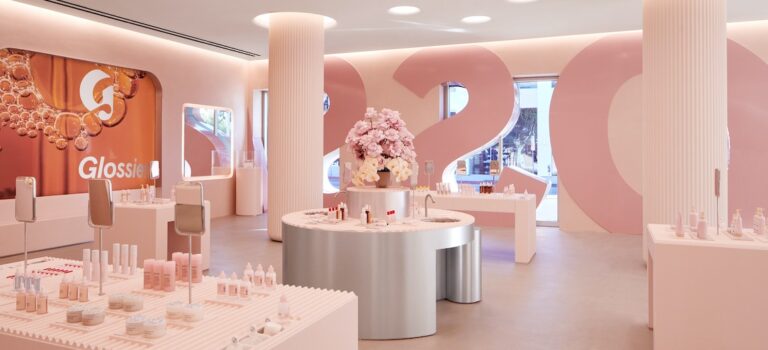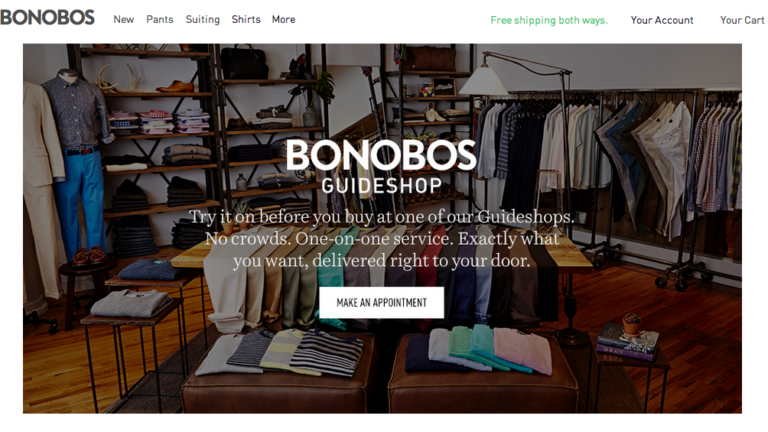The inStore Experience
- by VitaminCommerce
- May 11, 2022
Bricks and mortar have taken a step back to ecommerce. Digitally-native companies have revolutionised retail by providing highly curated and well-designed customer experiences, rendering traditional bricks and mortar store strategies obsolete.

Ecommerce dominated the UK market in 2019- 2020 during the pandemic thus only brick & mortar stores fell behind.
Companies were forced to reimagine how consumers interact with their brands — and create bold, exclusive, social-first customer experiences that drive online sales.
However physical brick and mortar stores aren’t as outdated as some may believe. Brands should now be building store-based experiences as an extension of their online store, online cult community and existing reputation. These physical stores are more of an accompaniment to your online microcosm. Stores of the future will be an omnichannel experience fusing the physical and digital spheres.
Glossier in 2019 opened pop-up stores in London ensuring their store was aesthetically pleasing for an Instagram feed and a chance to spark conversation between consumers by including strategically placed mirrors and seating. Glossier’s SVP explained that as a digital-first company, the store provides the freedom to experiment with retail in a way that companies that are so closely tied to brick and mortar don’t.

Bricks and mortar store owners should not shut up shop and rush to the world of ecommerce just yet. They should look at their physical store as a way to support the brand experience they provide.
The future of commerce is connected.
Retail stores provide consumers with the reinforcement of why they shop with brands. They are a chance to try on clothes and order online at a later date or a selfie opportunity to associate with the brand and its trends. Retail stores are now part of omnichannel commerce. In fact, 53% of shoppers said they are likely to look at products in-store and order later online. And vice versa 54% of customers research products online before purchasing through a retail store.
The shift has begun with stores existing to complement the online store which is far more accessible and easy to navigate. Stores are now there to create an experience, a positive reinforcement of a brand’s identity, what they stand for using pop-up stores, mini-events and creatively taking over public spaces.
In the US Bonobo’s, a men’s ecommerce store has dubbed their bricks and mortar stores as ‘guide shops’. The concept bridged their online brand into the physical world by offering an appointment within a physical store to try on items, place the order online while in the store and have it sent to their door. 46% of brands have said they will be investing in ‘showrooming’, which is the space to experience products and the brand’s culture without having to purchase then and there.

Essentially stores will have to be more than a stock-room, as consumers will turn to online stores for simple no-frills shopping. Stores will be there to create a unique physical experience for consumers to connect with consumers.
Stay up to date





